Triangle of fundamental, sentiment, and technical

How to trade by mixing the fundamentals, technical, and sentiment in the forex market?
Trading in the forex market can be a daunting task, with its fast-paced environment, constant fluctuations, and numerous factors that can affect currency values.
To be a successful trader, it is essential to have a comprehensive understanding of the market and how it works. This includes being able to analyze the three key elements that makeup forex trading: fundamentals, technicals, and sentiment.
To obtain higher returns with minimal risk, it is smart to analyze the fundamental, technical, and sentiment aspects while trading forex pairs. Here is a precise outline of how to do it effectively.
Firstly, it is critical to understand the fundamentals of the economy that are driving the value of the forex pairs being traded. This includes monitoring economic indicators such as GDP, inflation, and interest rates, as well as assessing global political developments that may affect the currency markets.
Secondly, technical analysis tools like chart patterns, trend lines, and moving averages can be used to identify potential entry and exit points to make trades. Technical analysis assists in recognizing trends in the market and pattern behavior from the past to forecast future price movements.
Finally, sentiment analysis, which examines the market mood and emotions of the traders, is essential. This requires keeping up with news and events that could influence currency market expectations, monitoring trading volume, and analyzing trader behavior on social media platforms.
By leveraging these three approaches, traders can identify trade opportunities with the potential for higher profits while keeping risks at a minimum.
Let’s learn more about Fund, technic, and sentiment
Fundamental Analysis
Fundamental analysis involves looking at the economic and political factors that affect a country’s currency. For example, if a country’s economy is doing well, its currency is likely to strengthen. Conversely, if there is political instability or a recession, the currency is likely to weaken.
So, let’s say you want to trade the EUR/USD pair. You’ll want to keep an eye on economic indicators such as inflation, GDP, and employment rates in both the Eurozone and the United States. You’ll also want to monitor any political events that could affect the currency pair, such as elections or trade agreements.
Technical Analysis
Technical analysis involves looking at charts and patterns to determine when to enter or exit a trade. There are many different technical indicators you can use, such as moving averages, Bollinger Bands, and Fibonacci retracements.
Continuing with our example, let’s say you’re looking at a chart of the EUR/USD pair and you notice that it has just broken through a resistance level. This could be a good time to enter the trade, as the currency pair is likely to continue to rise.
Sentiment Analysis
Sentiment analysis involves looking at how other traders feel about a currency pair. This can be done by looking at news articles, social media, and market sentiment indicators such as the Commitment of Traders report.
For our EUR/USD example, let’s say you notice that there is a lot of bullish sentiment around the Euro due to positive economic data. This could indicate that the currency pair is likely to continue to rise, and you may want to enter a long position.
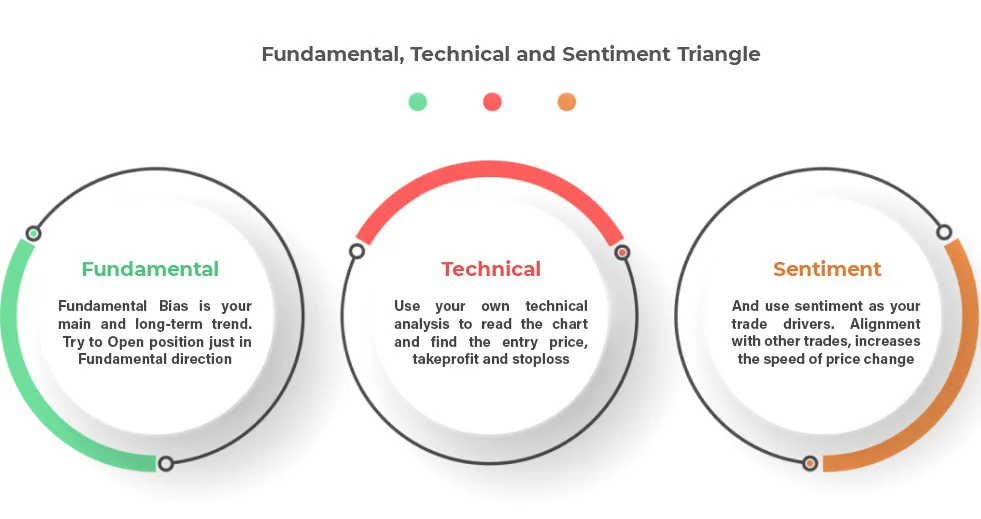
Putting it All Together
By analyzing the fundamental factors, you can get a sense of the overall direction of the market. It would be your main or long-term trend. Technical analysis can help you find the entry and exit points, while sentiment analysis can give you a sense of how other traders are feeling about the currency pair and should wait for the aligned sentiment of other players as market motivation drivers.
For example in EUR/USD, you might decide to enter a long position based on positive economic data.
For any pair, You have a mathematical fraction. In EURUSD you have the EUR base as the numerator and the USD quote as the denominator. For ascending this fraction, the numerator must be increased or the denominator must be decreasing.
Considering, The European Central Bank (ECB) decided to increase the interest rate however the Federal Reserve is in dovish monetary policy. If the rest of the economic parameters such as recession risks or risk aversion issues do not support the dollar (safe haven) it helps the EUR to get gain vs the USD dollar. So your fundamental bias would be bullish.
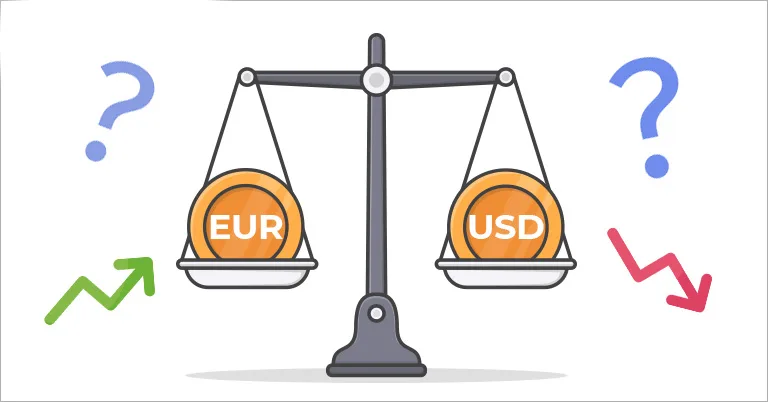
They look exactly like a two-sided scale. If the side has more weight, the price will be pulled in the same direction.
A technical breakout, and bullish sentiment. However, it’s important to always manage your risk by using stop-loss orders and not over-leveraging your trades.
By using a combination of fundamental, technical, and sentiment analysis, you can increase your chances of success in forex trading while minimizing your risk.
Fundamental Trader
Our trader assistant (Fundamental trader), designed specifically for use with Metatrader 4 & 5, is a comprehensive expert advisor that gathers all necessary data. By utilizing fundamental bias, market sentiment, risk analysis, economic calendars, COT reports, and currency pair forecasts, one can effectively minimize erroneous trades.

Ziwox Terminal | Ziwox calendar | Market Summary


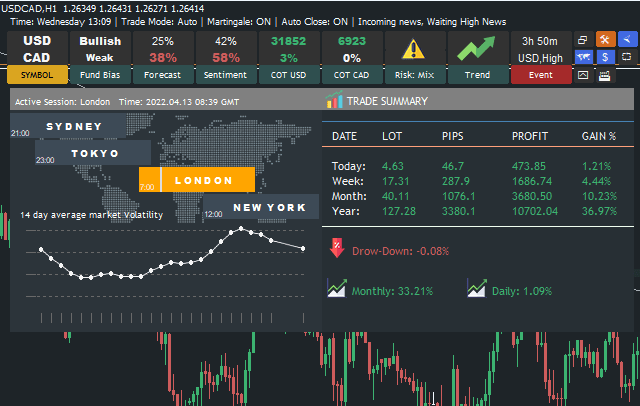


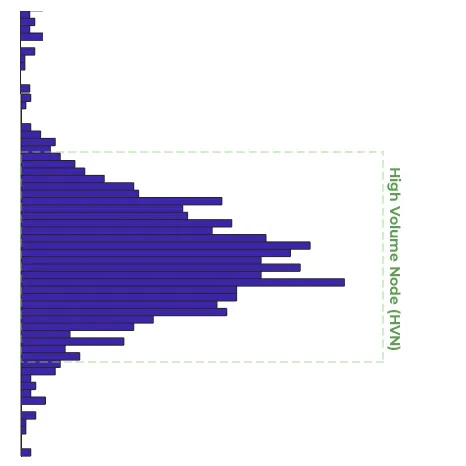
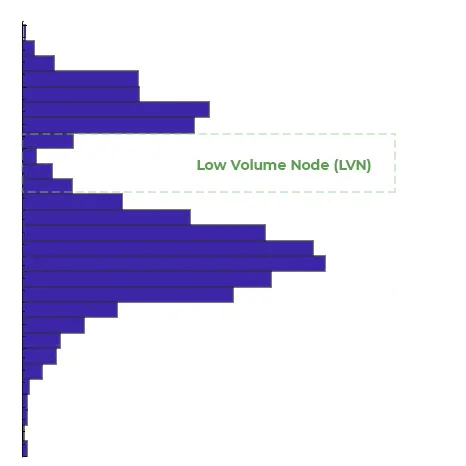
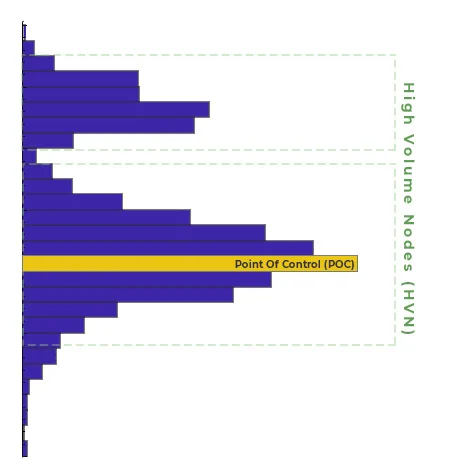
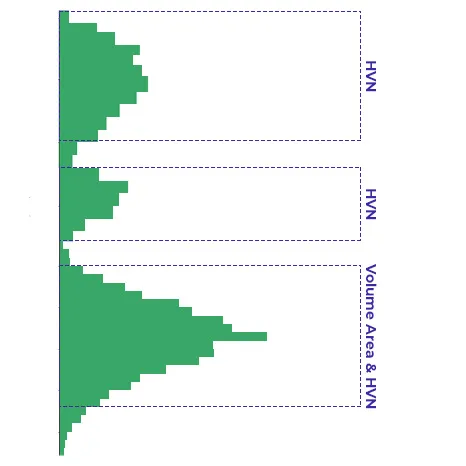
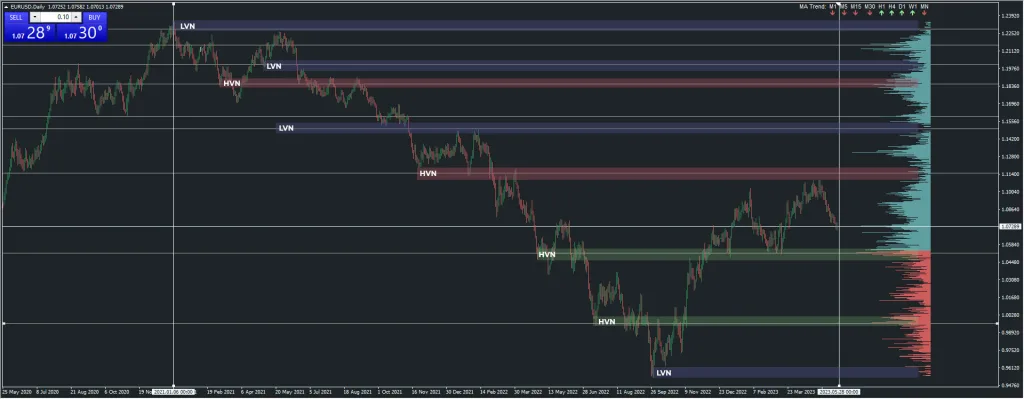
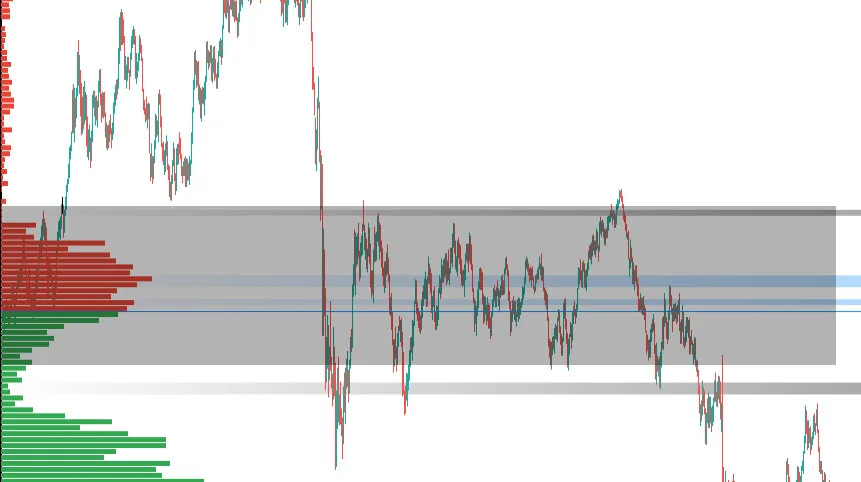


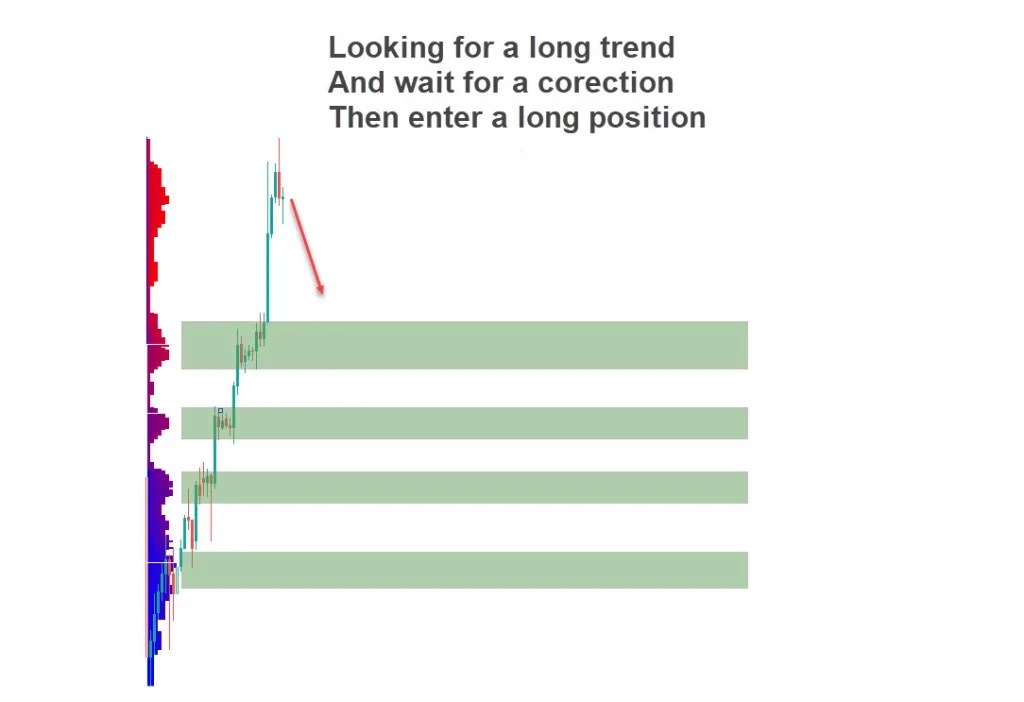
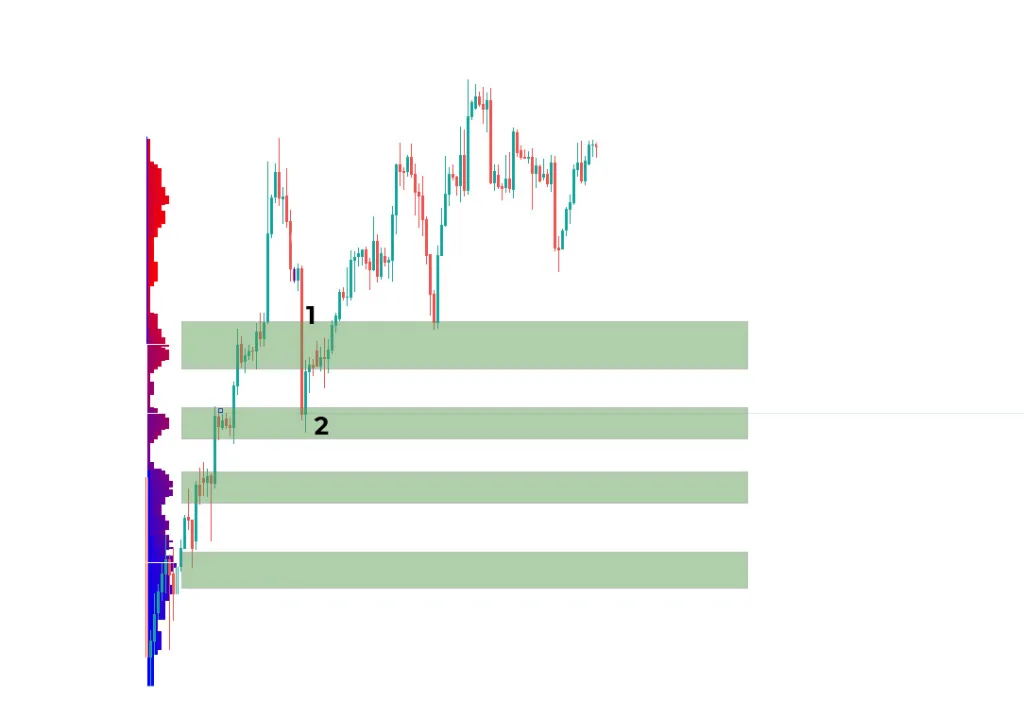
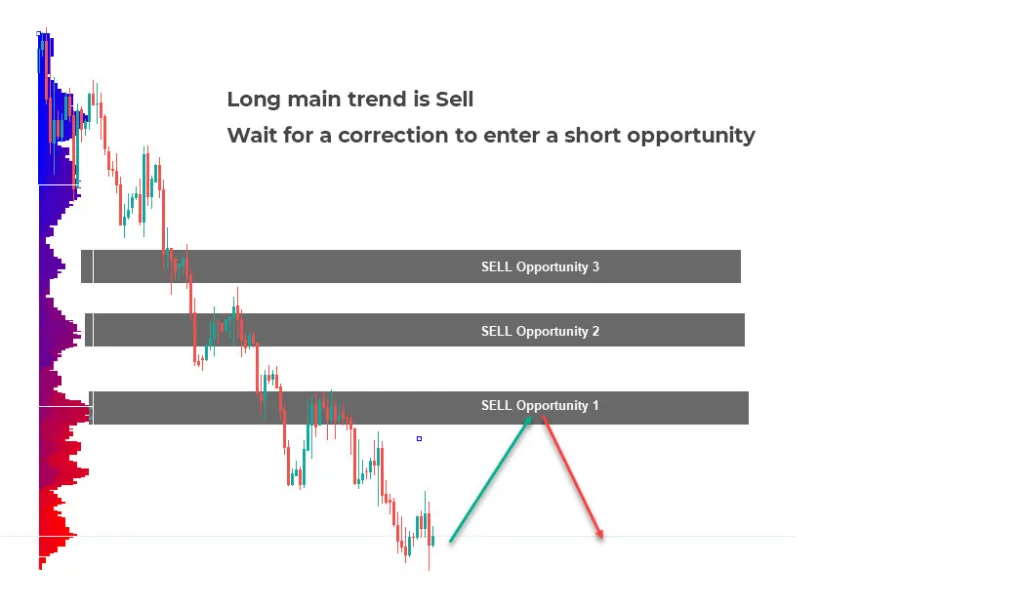




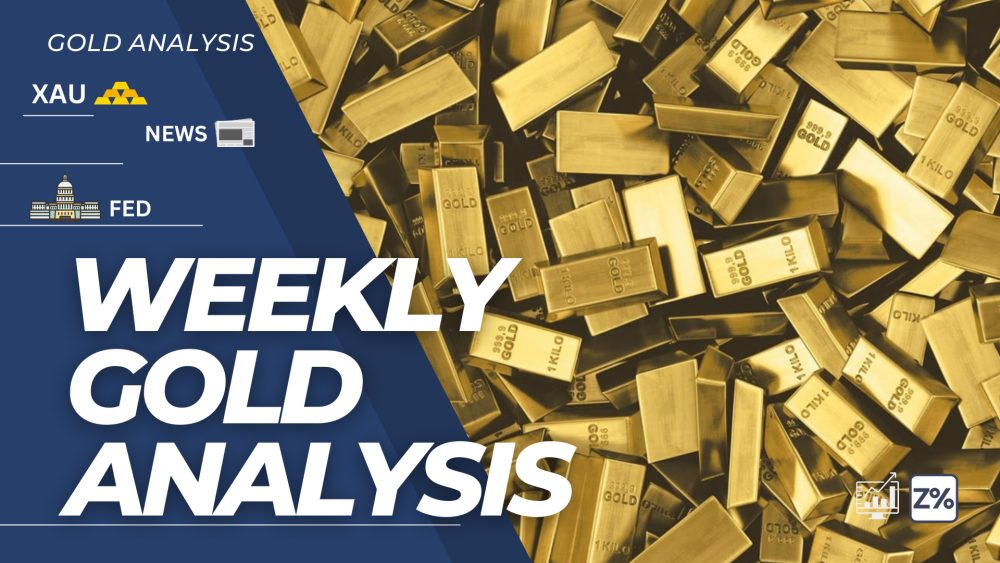
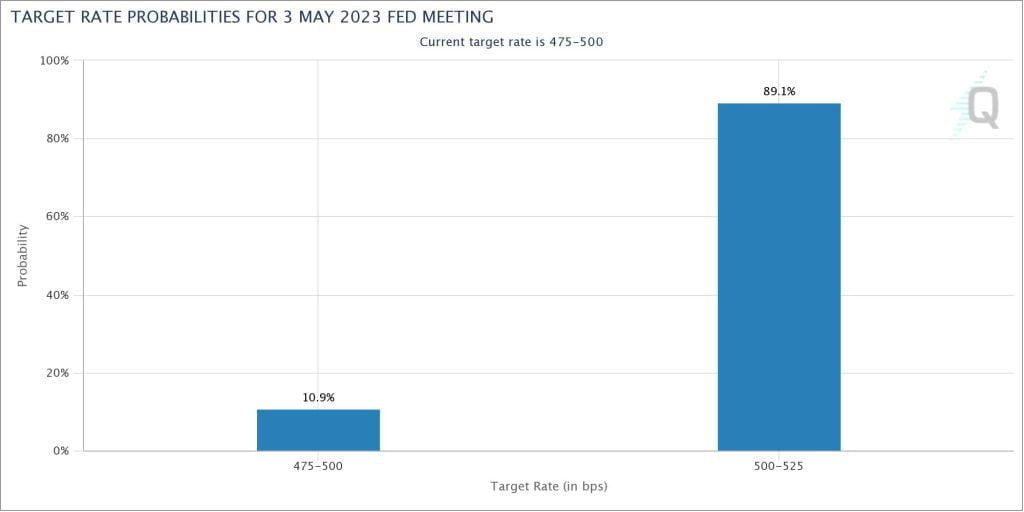

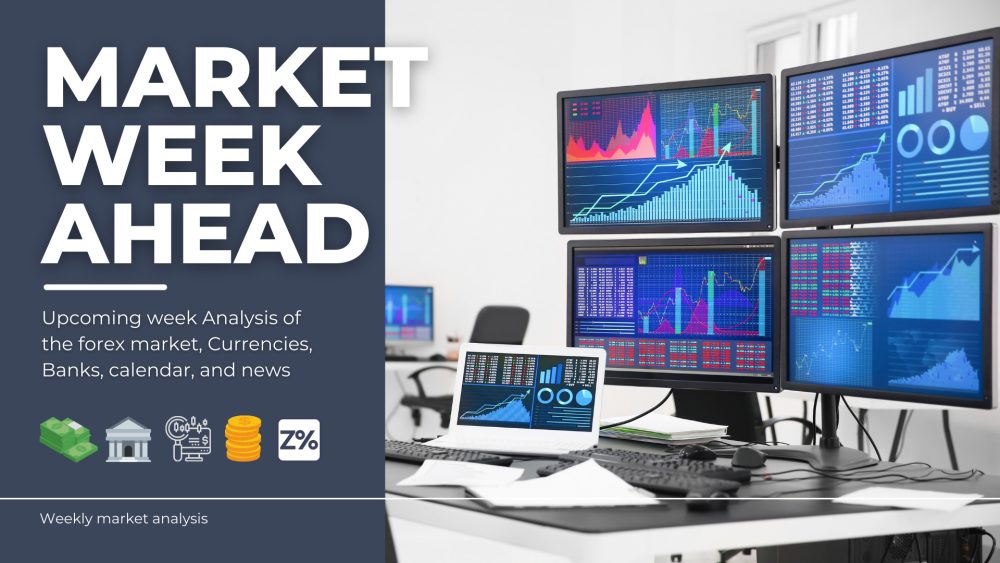
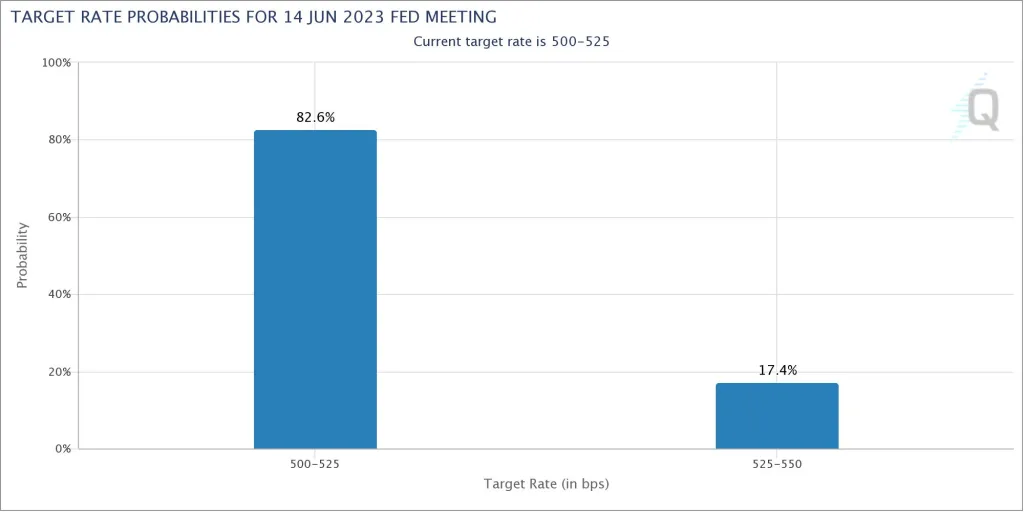
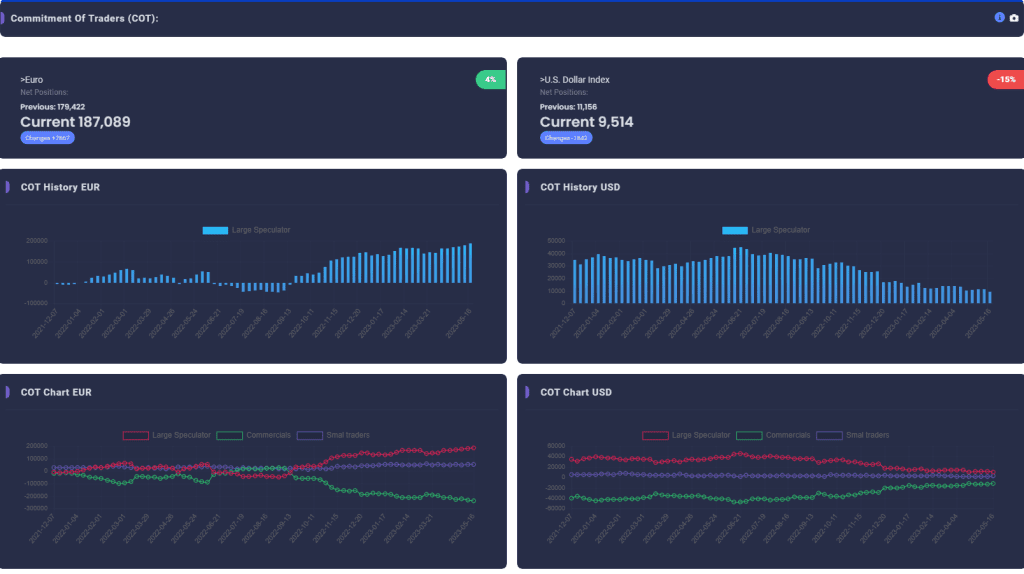

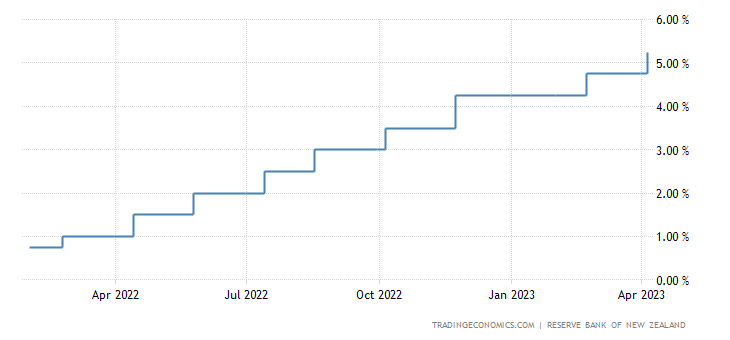
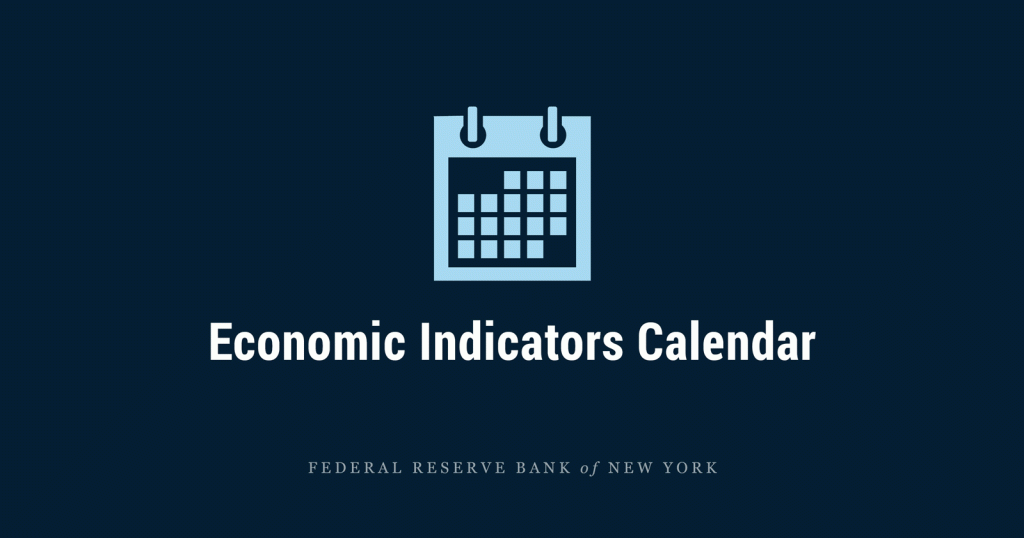



Leave a Reply
You must be logged in to post a comment.